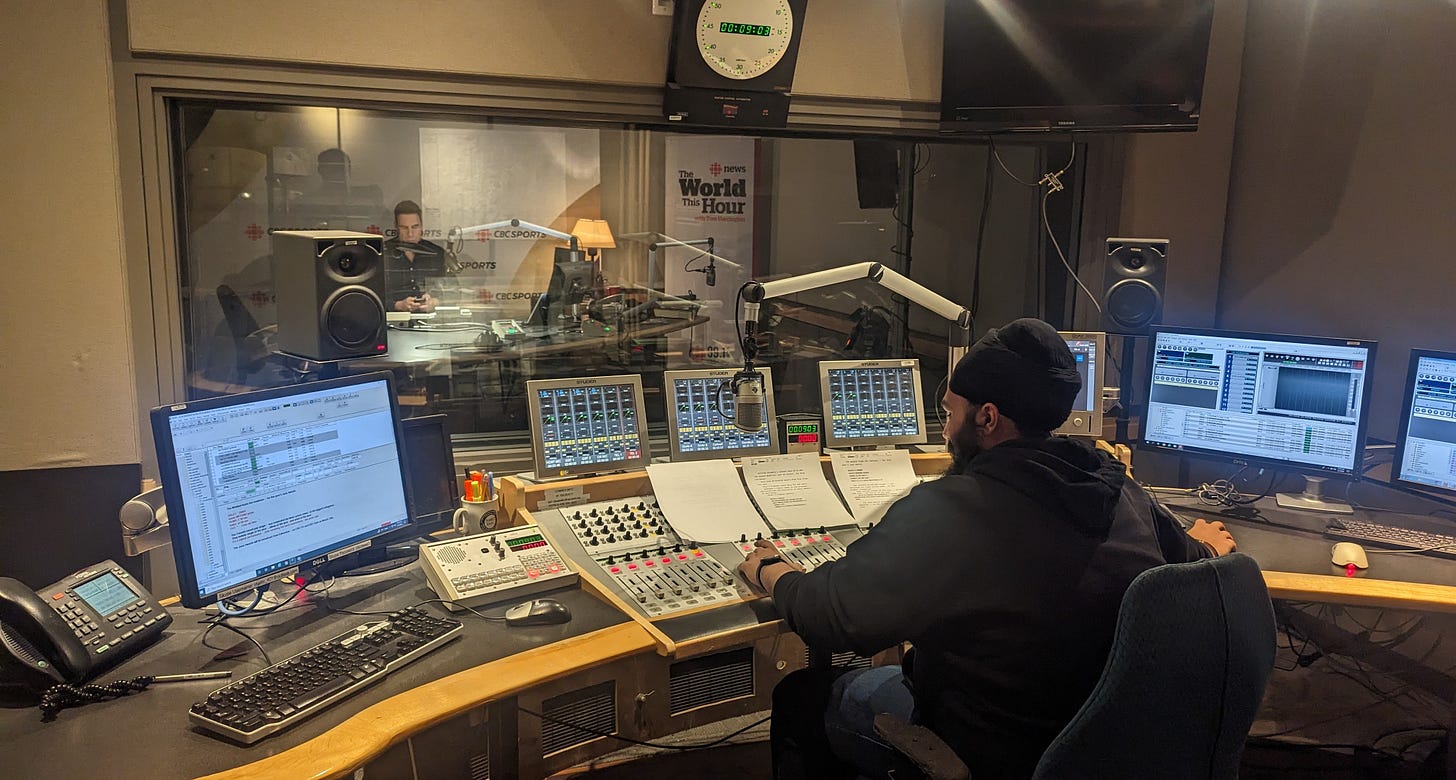Opinion: Canada’s newsrooms continue to exhibit exclusionary practices, and I have personally felt the impact of this
The lack of diversity in Canadian media isn’t just a data point; it’s a lived experience for journalists like me
As a Sikh journalist in Canada, I often find myself fighting two battles. The first is external, against systemic inequities in newsrooms that fail to accurately reflect the communities they serve.
The second is internal—a persistent feeling of imposter syndrome that questions, “Do I really belong here?”
Recent findings from the Canadian Association of Journalists (CAJ) 2024 diversity survey shed light on these feelings.
The survey gathered data from 5,806 journalists across 270 newsrooms, revealing that 77% identify as white, 3.5% as Indigenous, and 19.5% as visible minorities.
Most concerning is that 7 out of 10 newsrooms lack any representation of Indigenous or visible minorities in top leadership roles.
These statistics are not just abstract numbers; they represent the reality of working in an industry that continues to overrepresent white voices, especially in leadership positions. This absence of representation reinforces an unspoken narrative for journalists like me: you’re here, but you don’t belong.
The CAJ survey lays bare the systemic inequities in Canada’s media landscape:
Leadership Disparities: Among supervisors, 83.4% identify as white, while only 2.4% are Indigenous and 14.2% are visible minorities. Leadership remains glaringly unrepresentative of Canada’s diverse population.
Underrepresentation of Asian Journalists: Asian people make up 17.5% of the Canadian population but account for only 8.7% of journalists—a stark difference of 8.8%. (Even a lower percentage are visual minorities.)
Internships and Entry-Level Roles: The only category where Indigenous and visible minority journalists outnumber white journalists is among interns, underscoring how representation diminishes with seniority.
The survey also highlights a troubling gender shift: while 49% of journalists identify as women, men and non-binary people now outnumber women for the first time since the survey began.
For me, these findings resonate deeply. In every newsroom I’ve worked in, I’ve had to fight to carve out space for stories that reflect my community.
Being a visible minority comes with an unspoken expectation: you will be the voice for all underrepresented communities, often without adequate resources or support.
The result? Burnout and imposter syndrome, thrive in environments where systemic inequities are ignored.
When I pitch stories about Sikhs or other marginalized communities, I’ve had to prove, again and again, that these stories matter. I’ve had to explain cultural nuances, challenge stereotypes, and advocate for authenticity in coverage.
Each time, I’ve questioned myself: “Am I here because of my skills, or because I tick a box?”
But this is bigger than me. The absence of diversity in leadership and newsroom culture affects every Canadian. When 7 out of 10 newsrooms have no Indigenous or visible minority leaders, the stories told are incomplete, biased, and fail to reflect the realities of a multicultural nation.
A Call to Action:
This cannot continue. Diversity in Canadian newsrooms is not just nice to have; it is necessary for fair, accurate, and representative journalism. Media organizations must take action now. Hire with intention. Invest in mentorship programs that support Indigenous and visible minority journalists. Promote equitable policies prioritizing diversity in leadership roles, not just entry-level positions.
To my peers who share my experience: know that your voice matters. Challenge the systems that attempt to minimize your worth. Together, we can hold newsrooms accountable and demand the systemic change our industry desperately needs.
The CAJ survey should serve as more than a wake-up call; it is a blueprint for action. Canada's population is diverse, and our newsrooms must reflect that diversity at every level. Let’s build an industry where every journalist feels they belong, and every Canadian sees themselves in the stories we tell.


